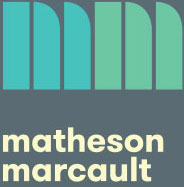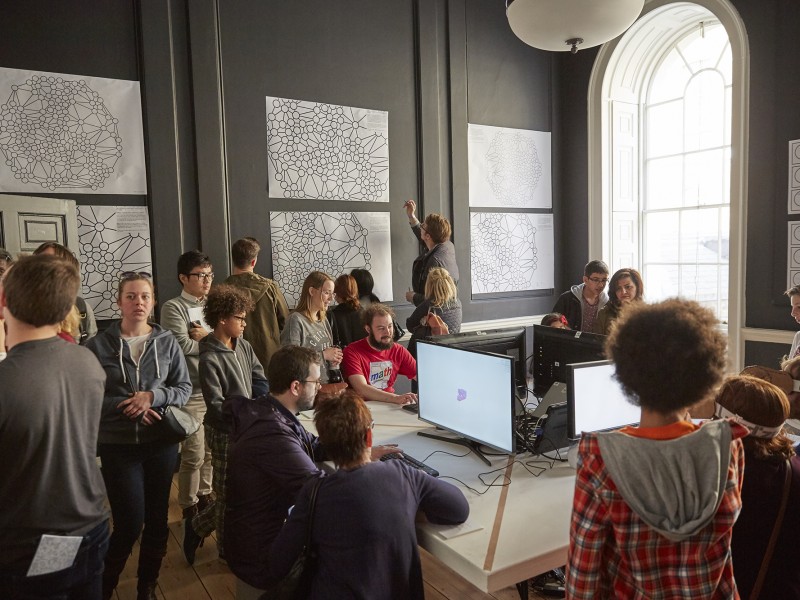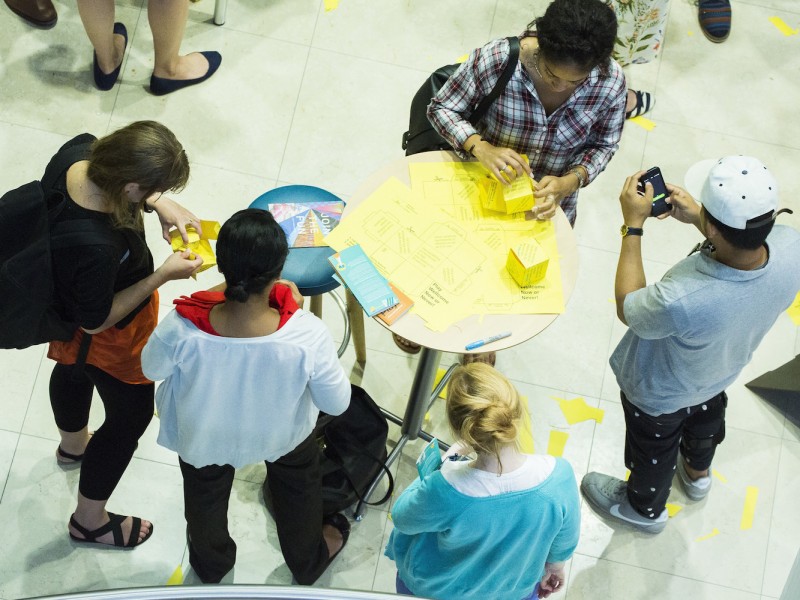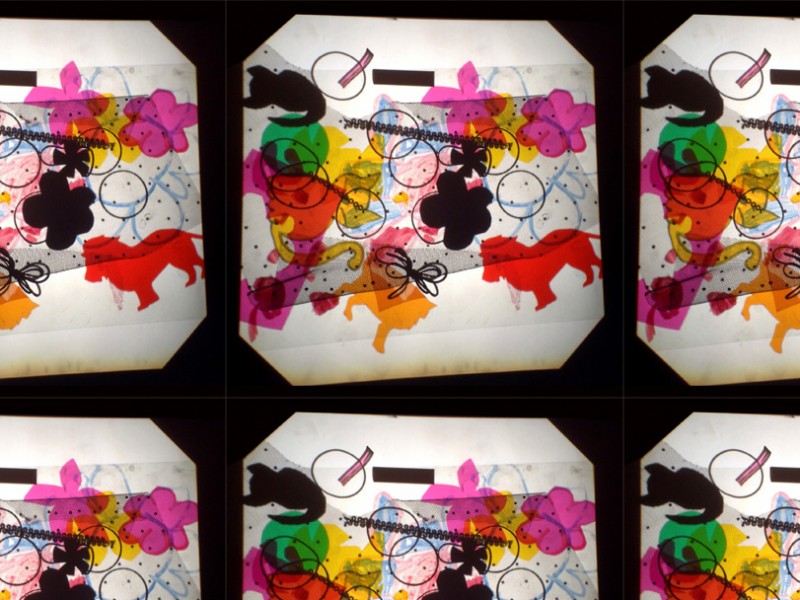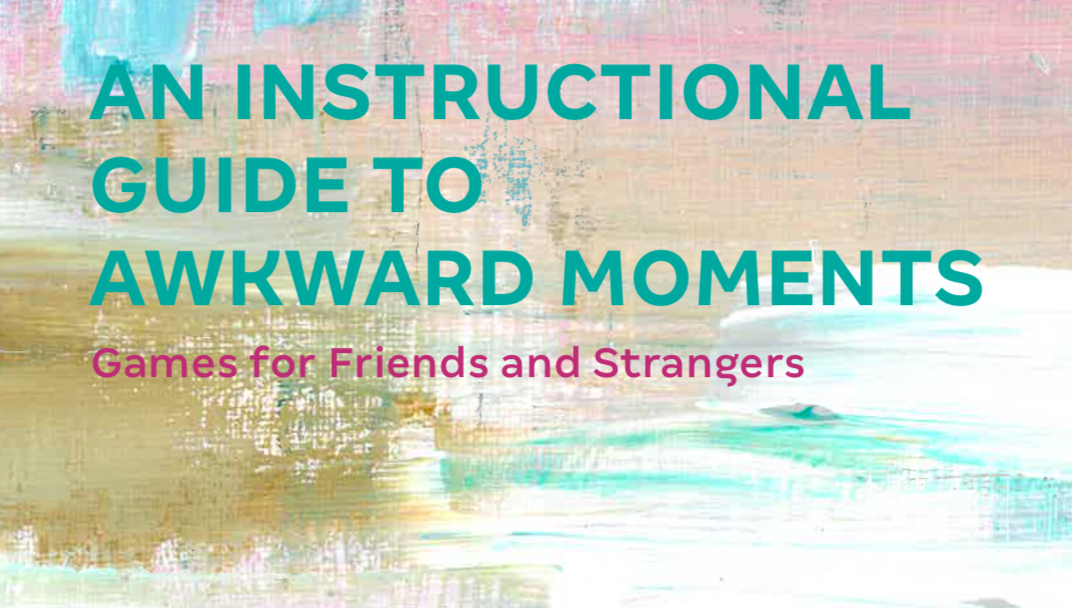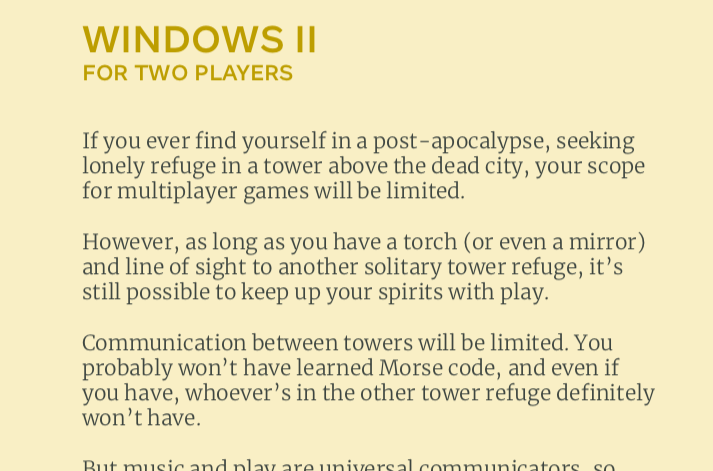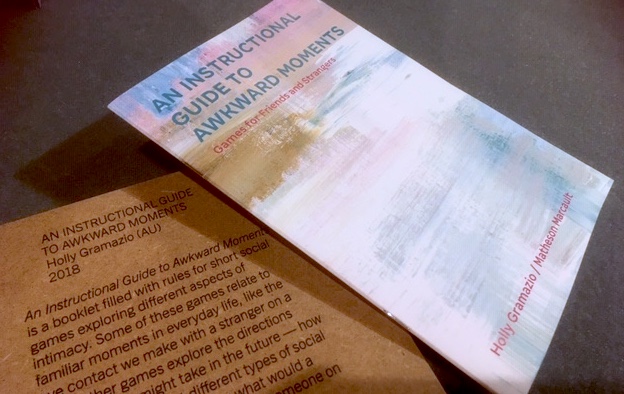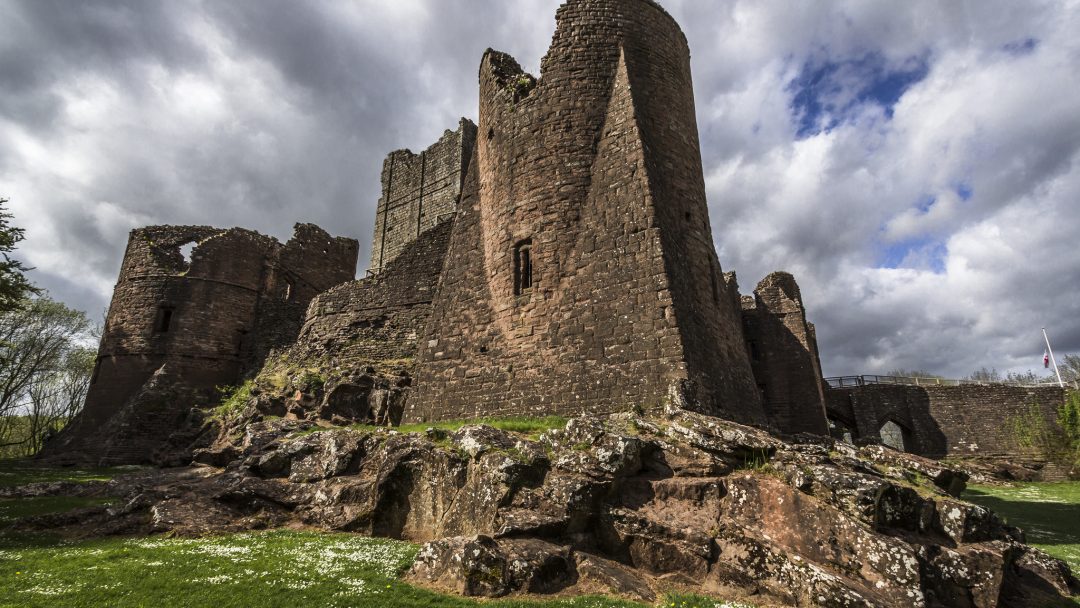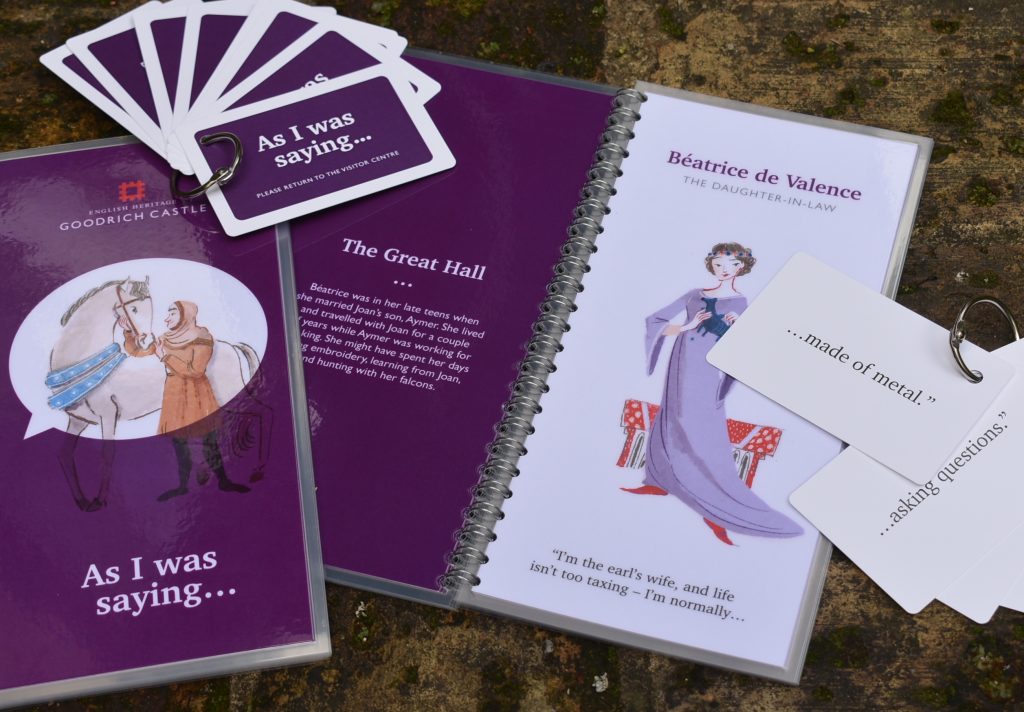An Instructional Guide to Awkward Moments is a booklet of short games about awkwardness and intimacy, designed for the Science Gallery in Dublin.
Each game takes a different moment of a potential failed connection and turns it into something playable – whether that’s eye contact with people on the street, conversations with familiar strangers, a phone conversation with a lot of lag, people-watching through windows, scrolling through old text messages, or desperately signalling from the top of a tower in a terrible post-apocalypse.
Some of them can be played within the gallery itself, responding to the space and the other works in the show; some can be played in the space around it; some aren’t currently playable but might be in the future (few of us currently have an astronaut wife on Mars, for example).
An Instructional Guide to Awkward Moments is part of Intimacy, running at Science Gallery Dublin until 24 February 2019.
